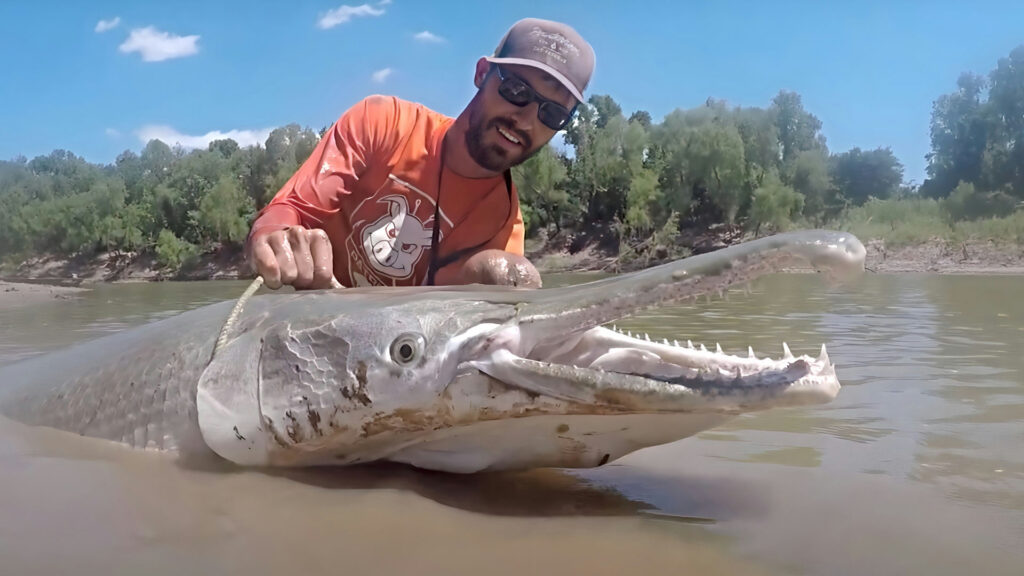
When we think of monsters, we often imagine creatures lurking in the shadows or starring in horror movies. However, some of the most incredible monsters live not in our nightmares but in America’s rivers, lakes, and waterways. These freshwater giants may look intimidating, with sharp teeth, bony scales, or unusual traits, but they play a critical role in the aquatic ecosystem. Some of these species face threats and require conservation efforts, while others are invasive, posing significant challenges. Here’s a closer look at five real-life monster fish that continue to fascinate and frighten us.
Alligator Gar: A Monster in Size
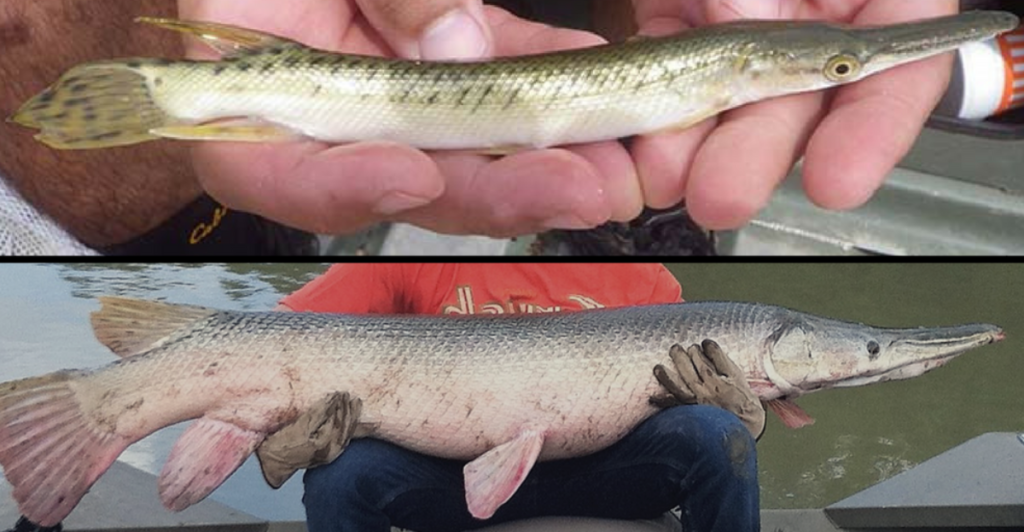
The alligator gar is a behemoth of freshwater ecosystems, growing over seven feet long and weighing up to 350 pounds. With sharp teeth and thick, bony scales, this predator has an appearance straight out of a horror story.
More Facts About The Alligator Gar
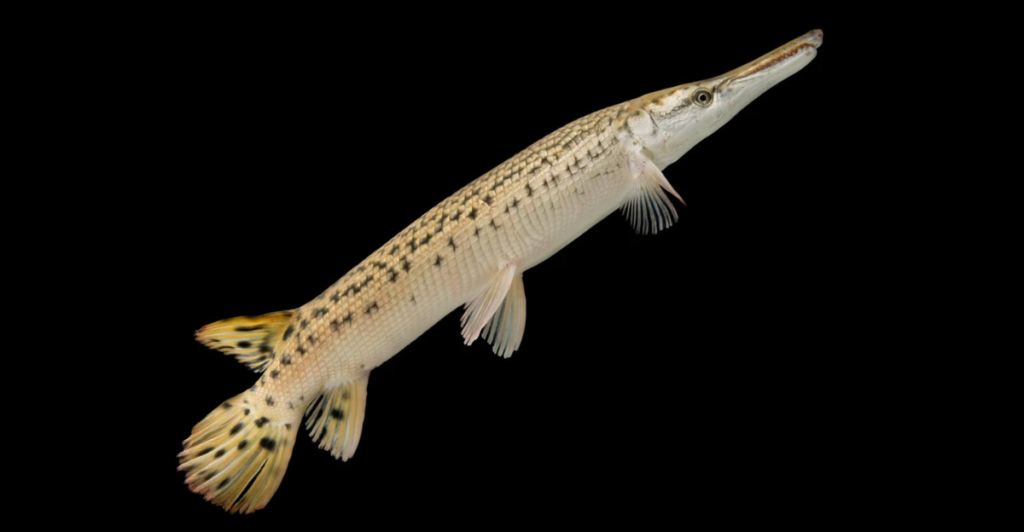
Alligator gar populations have declined due to dams, levees, and over-harvesting. Once their numbers fall, recovery can take decades. Conservation efforts are ongoing, with hatcheries raising alligator gar for reintroduction. These living fossils, tracing back 100 million years, are vital to aquatic habitats.
Gulf Sturgeon: A Prehistoric Wonder

Lurking in river depths, the gulf sturgeon looks like a creature from another era. Weighing up to 300 pounds, they have a shark-like tail, catfish whiskers, and bony plates instead of scales.
More About The Gulf Sturgeon
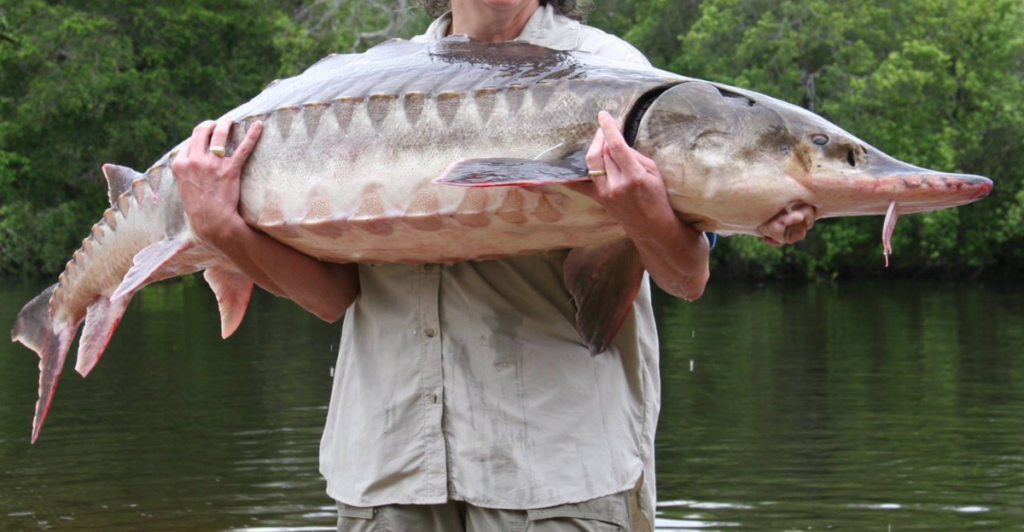
Gulf sturgeon faces habitat destruction and migration barriers caused by dams. Historically, over-harvesting also took a toll. Listed as threatened, the species is protected under federal law. Researchers work tirelessly to restore habitats and safeguard their migration routes.
Paddlefish: A Fish with Skin

The paddlefish is known for its long snout, underdeveloped eyes, and skin instead of scales. These giants can reach 10 feet in length and feed exclusively on zooplankton.
More facts About The Paddlefish

Paddlefish populations are in decline due to habitat loss, overfishing, and barriers like dams that disrupt spawning. Biologists track paddlefish with radio telemetry to study their migration and habitat needs. These efforts are key to preserving this species, whose ancestors date back 125 million years.
Invasive Carp: Monsters Taking Over

Invasive carp, such as silver, bighead, black, and grass carp, are a fast-moving threat. Silver carp are infamous for leaping nine feet out of the water, posing a danger to boaters.
More Facts About The Invasive Carp

These carp out-compete native species for food and space. A single female silver carp can lay up to 5 million eggs annually, making them a relentless invader. Conservation offices work on prevention, control, and education. Efforts include monitoring populations and limiting their spread to protect native ecosystems.
Northern Snakehead: A Monster on Land
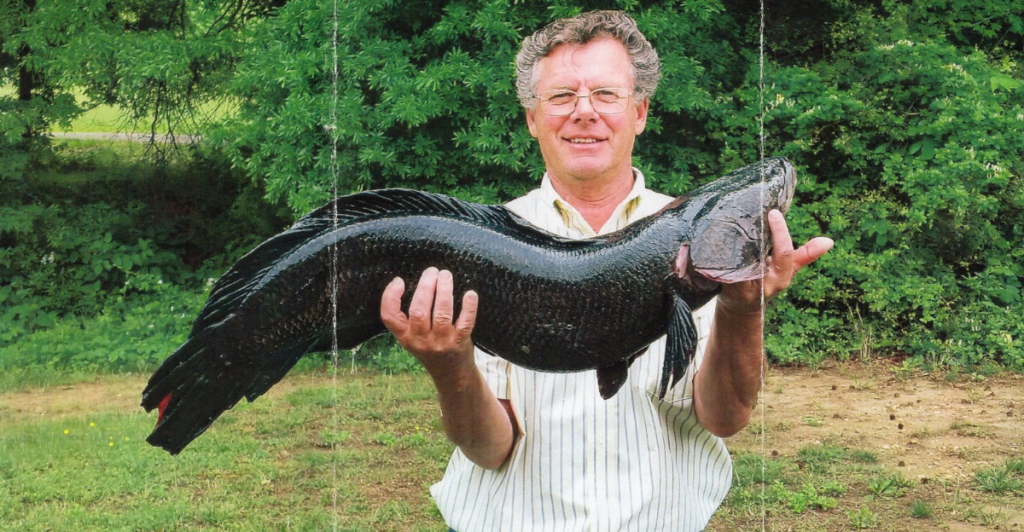
The northern snakehead is as frightening as its name suggests. This invasive species can crawl across land using its fins and survive out of water for days, provided its skin stays moist.
More About The Northern Snakehead

Snakeheads devour native fish and shellfish, disrupting aquatic food chains. Female snakeheads can spawn up to 15,000 eggs at a time, several times a year. Authorities monitor and control snakehead populations, encouraging anglers to harvest them. Public cooperation has proven effective in reducing their numbers and limiting their spread.
The Role of Conservation
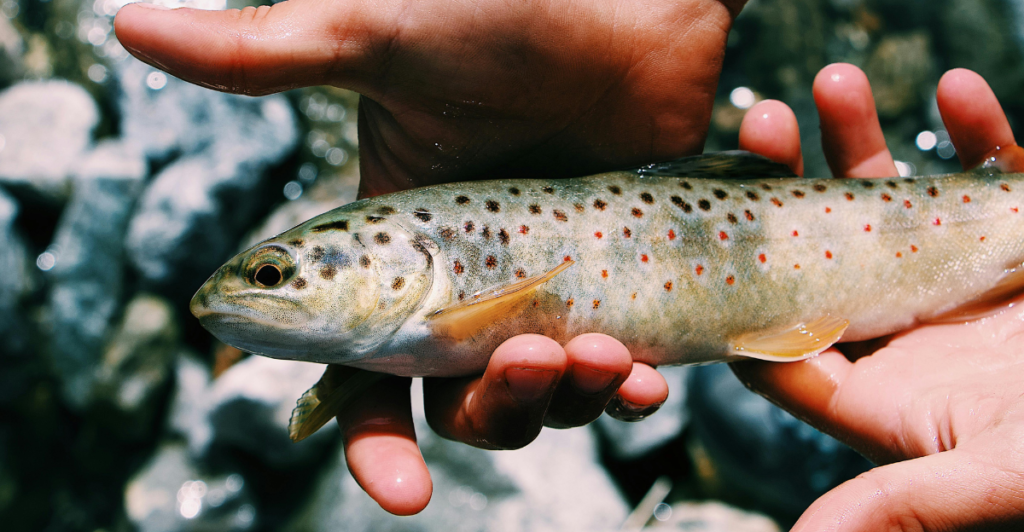
Each of these monster fish, whether native or invasive, highlights the importance of aquatic conservation. Species like the alligator gar and gulf sturgeon need protection to thrive, while invasive carp and snakehead require aggressive management to prevent damage to waterways.
Conservation agencies, hatcheries, and researchers work tirelessly to monitor fish populations, restore habitats, and educate the public. Efforts like tagging, stocking, and removal programs are crucial for maintaining a balance in aquatic ecosystems.
How the Public Can Help

Anglers and outdoor enthusiasts play a vital role in conservation. Reporting invasive species sightings, adhering to fishing regulations, and participating in awareness programs help protect native fish populations.
A Glimpse of the Past

From the ancient paddlefish to the living fossil alligator gar, these freshwater monsters connect us to Earth’s distant past. Their survival ensures the health and diversity of our waterways for future generations.
Whether frightening, fascinating, or both, these monsters of America’s waterways remind us of the delicate balance within nature. Preserving native giants and managing invasive species is essential to keeping our rivers and lakes thriving. If you think about monsters under your bed, remember the real giants in our waters. Some need saving, and others demand careful control, but all of them tell a story about the ecosystems they inhabit and the efforts needed to protect them.
Stay connected with us for more stories like this! Follow us to get the latest updates or hit the Follow button at the top of this article, and let us know what you think by leaving your feedback below. We’d love to hear from you!







